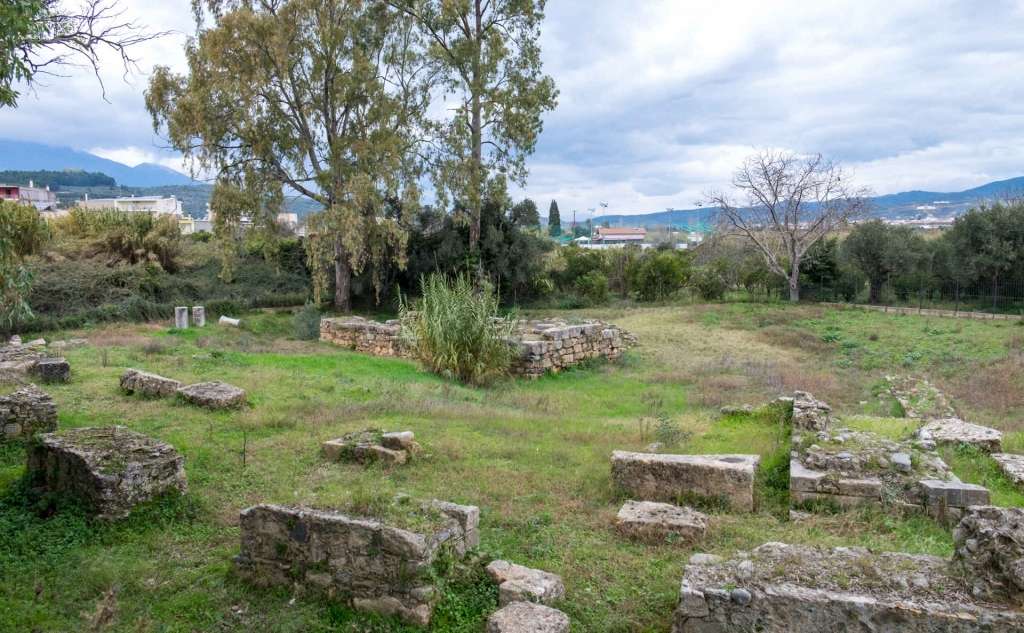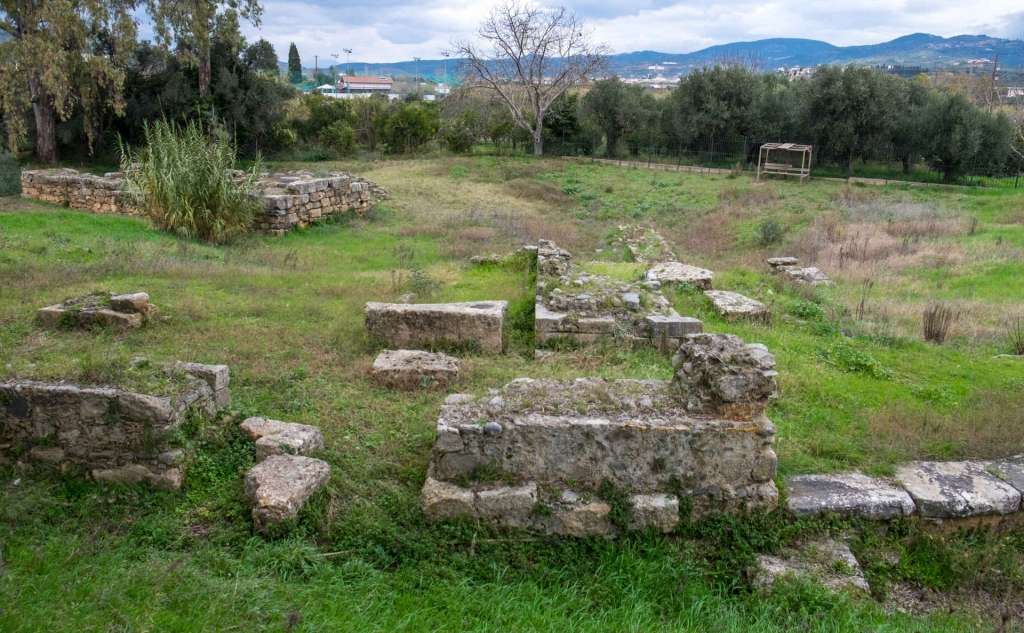The Sanctuary of Artemis Orthia
The Sanctuary of Artemis Orthia is one of the most significant sanctuaries of ancient Sparta and it is located one kilometre in the east of the city's Acropolis. The sanctuary was the religious centre where the Spartan education of young men took place, a place where discipline was a matter of survival. From the numerous inscriptions found in the temple, it seems that the goddess was associated with the education of Spartan children under the age of 13. Goddess Orthia, the deity of salvation and fertility and the protector of vegetation and children, was initially worshipped at the temple. In historical times the goddess was linked to that of Artemis. The sanctuary flourished during the Roman period, as is evidenced by its expansion at that time. Additionally, thousands of leaden figurines were found in the sanctuary, humble offerings of poor Spartans and helots, many of which are on display at the Archaeological Museum of Sparta.
The excavation research of the British School of Archaeology (1906-1910) showed that the worship of the goddess at this particular place began in the 9th century B.C. The first temple was built in the 8th or 7th century B.C., and it was destroyed during the 6th century B.C., most probably by a flood. Only a corner of it was saved from later renovations of the building. At its place, a new temple was built, the remains of which are visible today with more recent repairs. The most significant intervention was made during the 3rd century A.D., when a large, horseshoe-shaped theatre was built on the temple's east side, together with a new larger altar closer to it.
The ceremonies held there were mainly theatrical events attended by all the believers and not just the actors. During those events, they wore clay masks, many of which were discovered by archaeological research and today are kept in museums. The ritual whipping of Spartan teenagers who touched the altar during the procedure was of great significance. This ritual event was known as "mastiges”. During the Roman period, the whipping ritual lost its religious character and became a bloody spectacle that attracted crowds of spectators.





